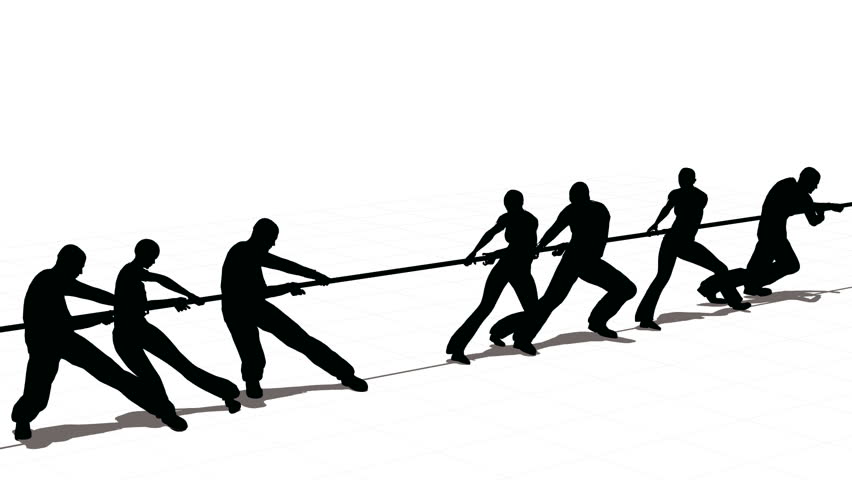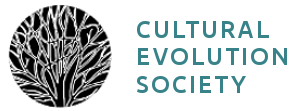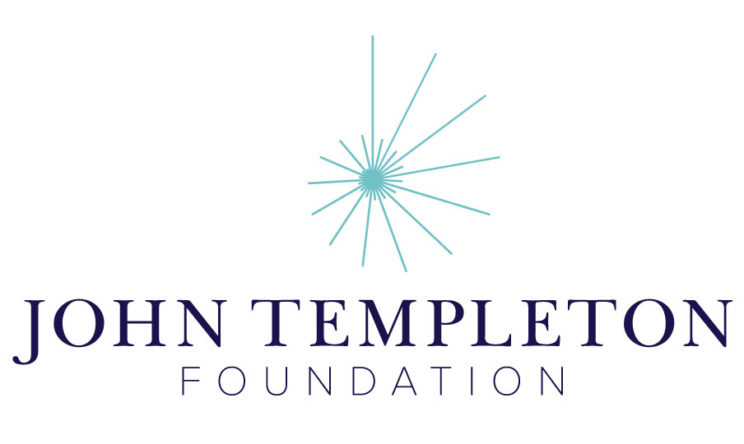Foundations of Cultural Evolution
Lecture 9: Does selection work on groups?

Selection operating on multiple evolutionary stable strategies
While much of evolutionary thinking has revolved around selection on individuals, another thread of inquiry has asked the same of groups. If separate groups arrive at different equilibrium traits and those traits are heritable, then it is possible that higher-fitness equilibria persist or are adopted by other groups. In this module we will see how selection on groups works.
References cited
Boyd, R., & Richerson, P. J. (2002). Group beneficial norms can spread rapidly in a structured population. Journal of Theoretical Biology, 215(3), 287-296.
Additional readings about equilibrium selection
Boyd, R., & Richerson, P. J. (1990). Group selection among alternative evolutionarily stable strategies. Journal of Theoretical Biology, 145(3), 331-342.
Boyd, R., & Richerson, P. J. (2009). Voting with your feet: Payoff biased migration and the evolution of group beneficial behavior. Journal of Theoretical Biology, 257(2), 331-339.
This project was supported by Grant #61105 from the John Templeton Foundation to the University of Tennessee, Knoxville (PIs: S. Gavrilets and P. J. Richerson) with assistance from the Center for the Dynamics of Social Complexity and the National Institute for Mathematical and Biological Synthesis at the University of Tennessee, Knoxville.

The Cultural Evolution Society's Online Learning Tutorial Series is licensed under a Creative Commons Attribution-NonCommercial-ShareAlike 4.0 International License. For designers' contact information, click here.



